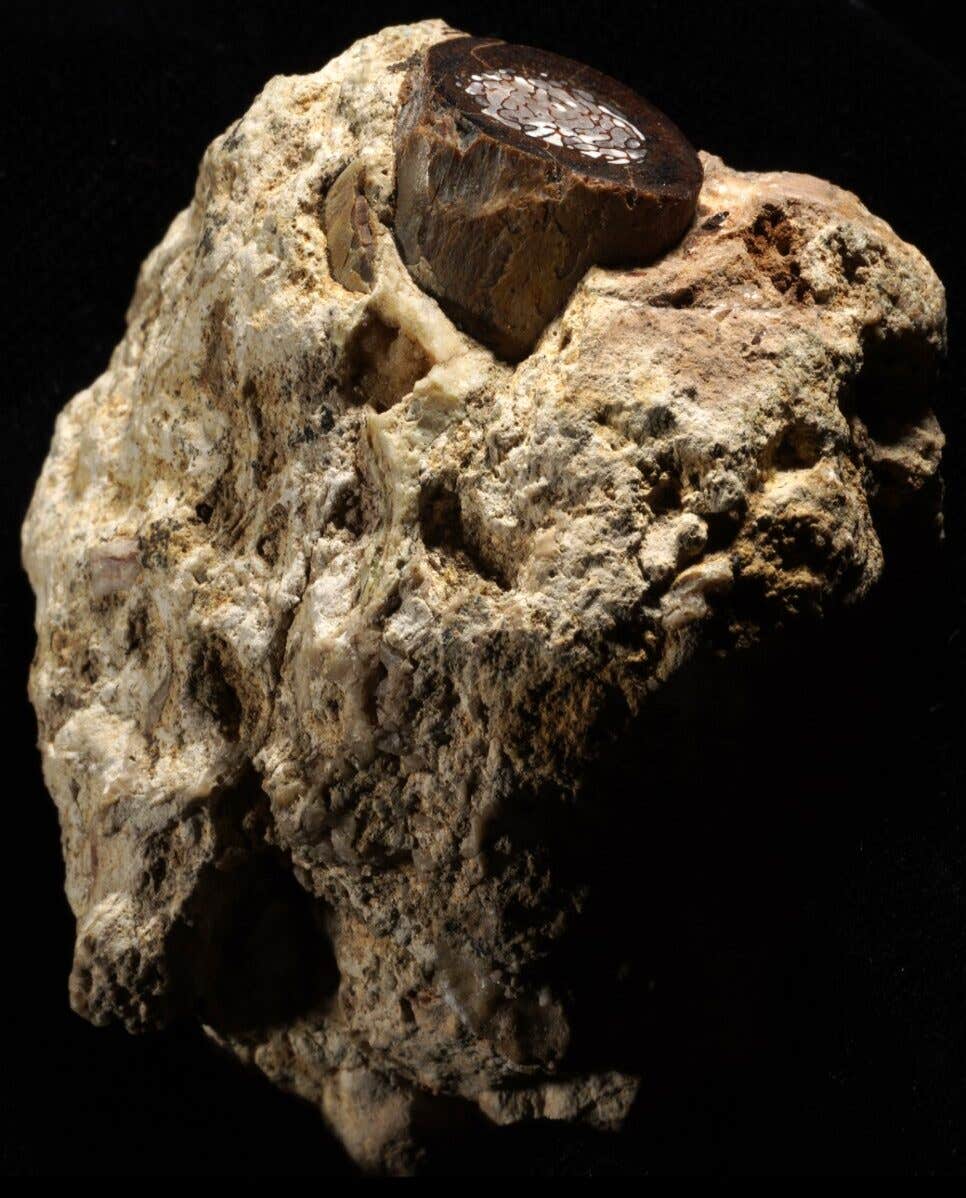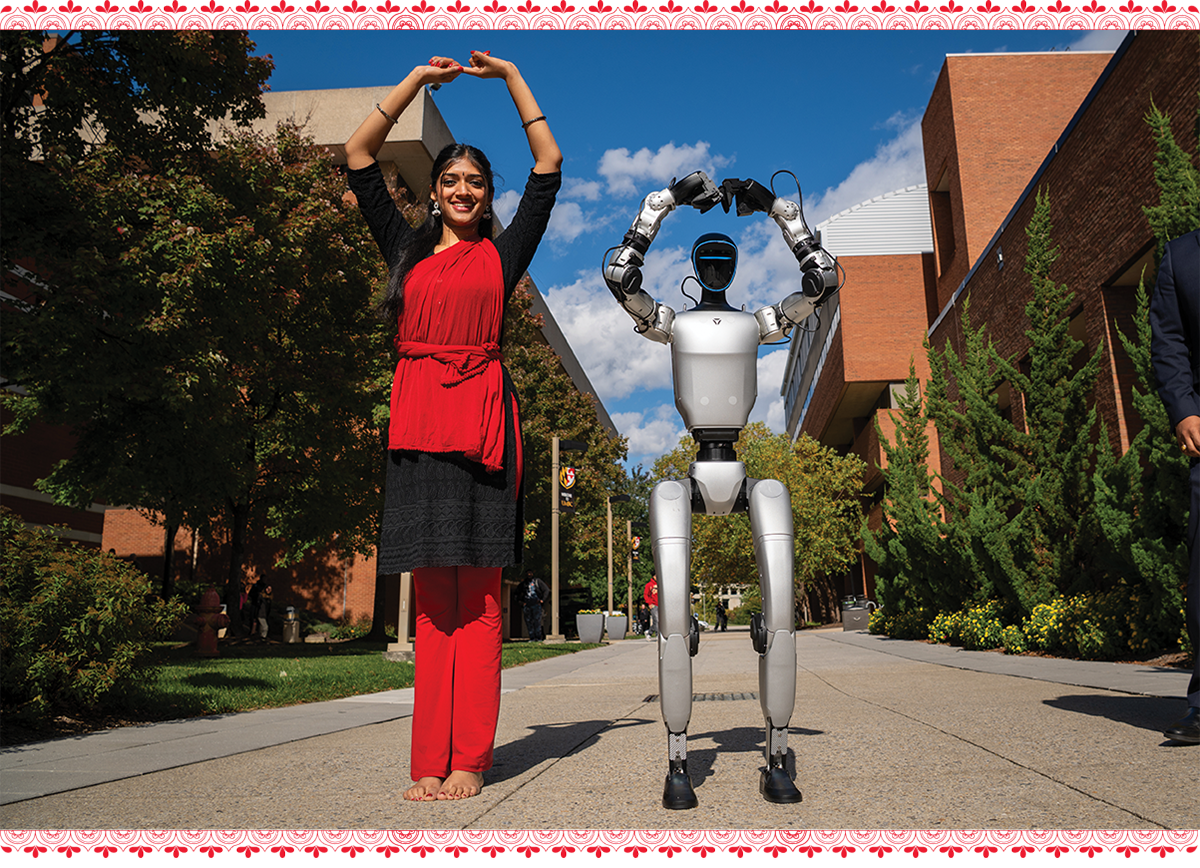Scientists use sunlight and modified sawdust to reversibly capture carbon dioxide
Study propose a new method to capture CO2 using sunlight as the energy source and modified sawdust as the CO2 absorbent.

Dec 8, 2021: KeAI Communications Co., LTD.]
Study propose a new method to capture CO2 using sunlight as the energy source and modified sawdust as the CO2 absorbent. (Credit: Creative Commons)
According to the World Meteorological Organization, greenhouse gas concentrations have reached a record high. In the case of carbon dioxide (CO2), the growth in 2020 exceeded the average for the last decade; despite a 5.6% drop in fossil fuel CO2 emissions driven by COVID-19 restrictions. This continued rise in CO2 concentration is directly linked to our massive consumption of fossil fuels.
In a study published in the KeAi journal Green Energy & Environment, a group of researchers from Renmin University of China propose a new method to capture CO2 using sunlight as the energy source and modified sawdust as the CO2 absorbent. In addition to capturing CO2, their method also avoids using the fossil fuels that would create additional CO2. Importantly, the absorption method they have developed is reversible, so the captured CO2 can be used to generate other products, such as methanol, ethanol and methane.
How the sunlight-controlled CO2 separation installation works. (CREDIT: Shiming Zhang, Renmin University of China)
Corresponding author Yapei Wang, a professor in the university’s Department of Chemistry, explains:
“While a large number of high-performing CO2 absorbents have been developed in recent decades, people rarely pay attention to the carbon emitted by the adsorbent during its preparation. Moreover, typical industrial CO2 capture systems show high-energy consumption during the absorber regeneration process.
Related Stories
“To solve these issues, we focused on a solution that not only fabricates low-energy consumption CO2 absorbents, it also uses sunlight as the single energy input to regenerate those absorbents.”
The research team found that sawdust impregnated with an aqueous solution of amine-based polymer was an easy-to-obtain CO2 absorbent with two important advantages: it doesn’t require complicated synthesis, and it can capture CO2 and be regenerated by proper heating. In addition, a reflector and sunlight absorption layer was used to fabricate the sunlight harvesting systems, heating up the modified sawdust for CO2 capture.
According to Shiming Zhang, a PhD student who took part in the study, “we were inspired by solar water heaters. Using sunlight as an energy input minimises the need for traditional energy and is more environmentally-friendly.” Postgraduate Qianhao Pan, who also participated in the research, adds: “We believe less is more, sometimes a simple preparation process can lead to an effective solution that protects the environment.”
More information: Shiming Zhang et al, Sunlight-controlled CO2 separation resulting from a biomass-based CO2 absorber, Green Energy & Environment (2021). DOI: 10.1016/j.gee.2021.09.001
Note: Materials provided by KeAi Communications through Science Direct. Content may be edited for style and length.
For more environmental news stories check out our Green Impact section at The Brighter Side of News.
Like these kind of feel good stories? Get the Brighter Side of News' newsletter.
Tags: #Green_Good_News, #Global_Good_News, #Carbon_Sequestration, #Sawdust, #Sunlight, #CO2, #Technology, #The_Brighter_Side_of_News



